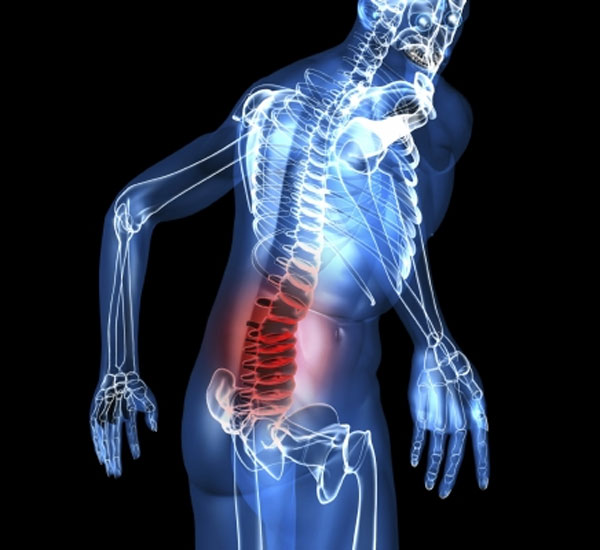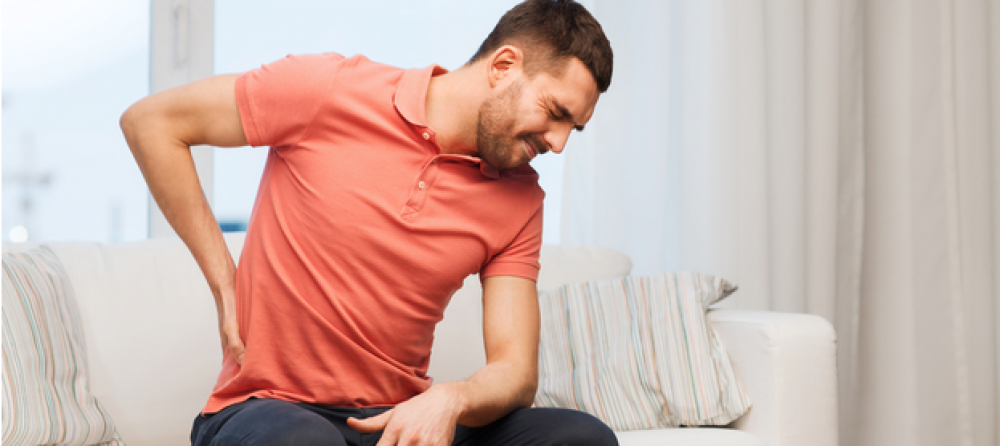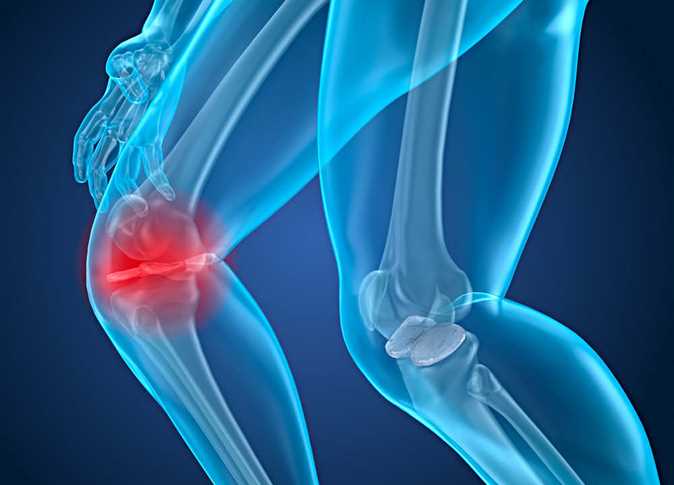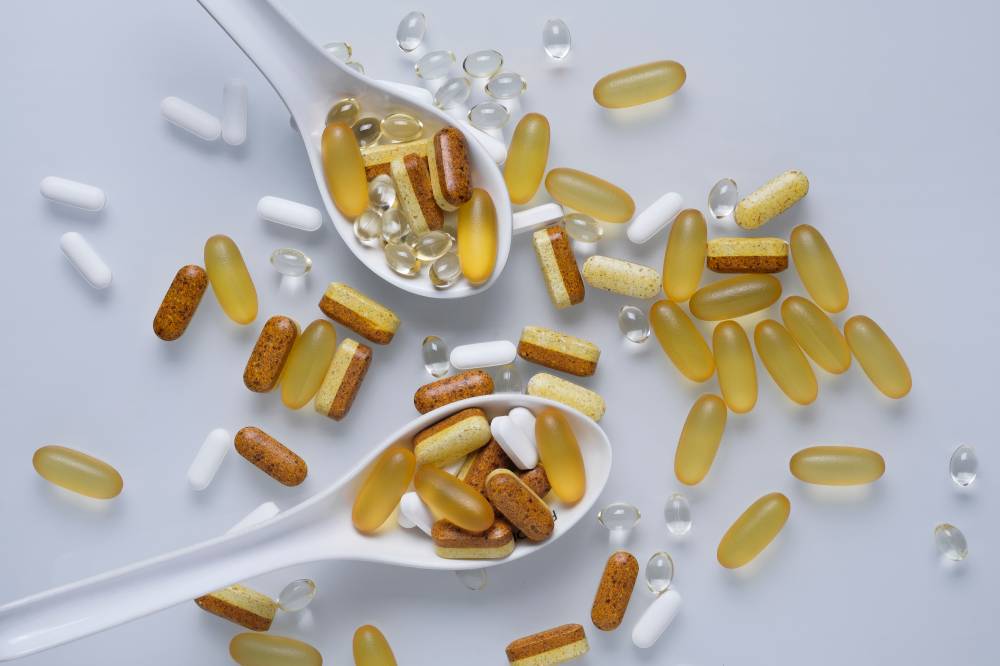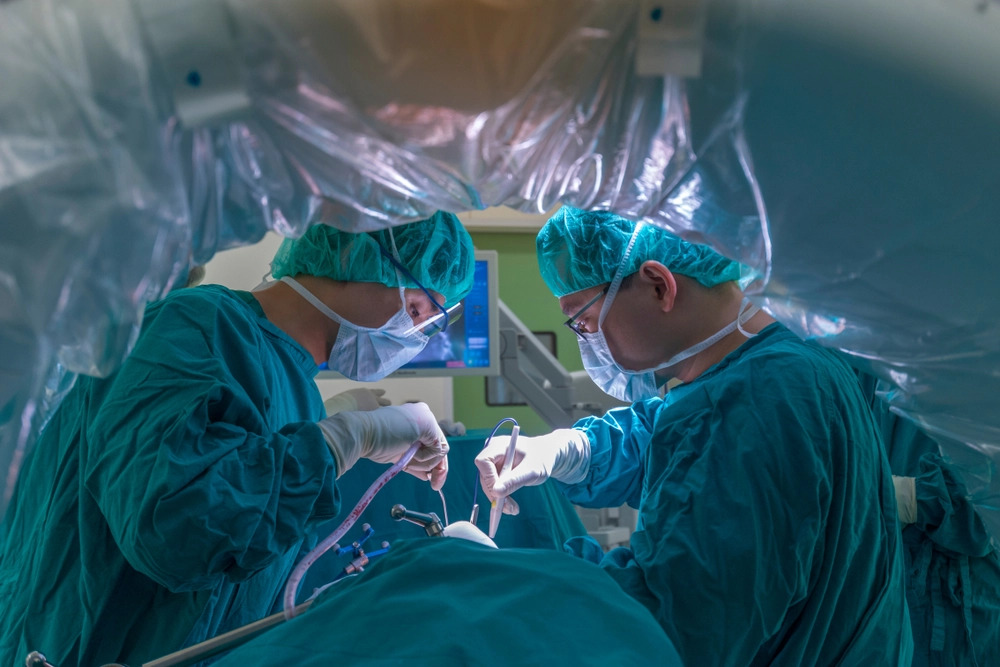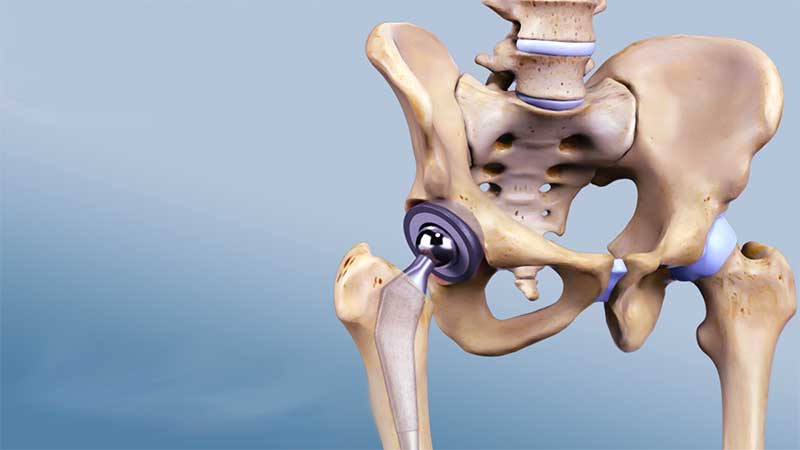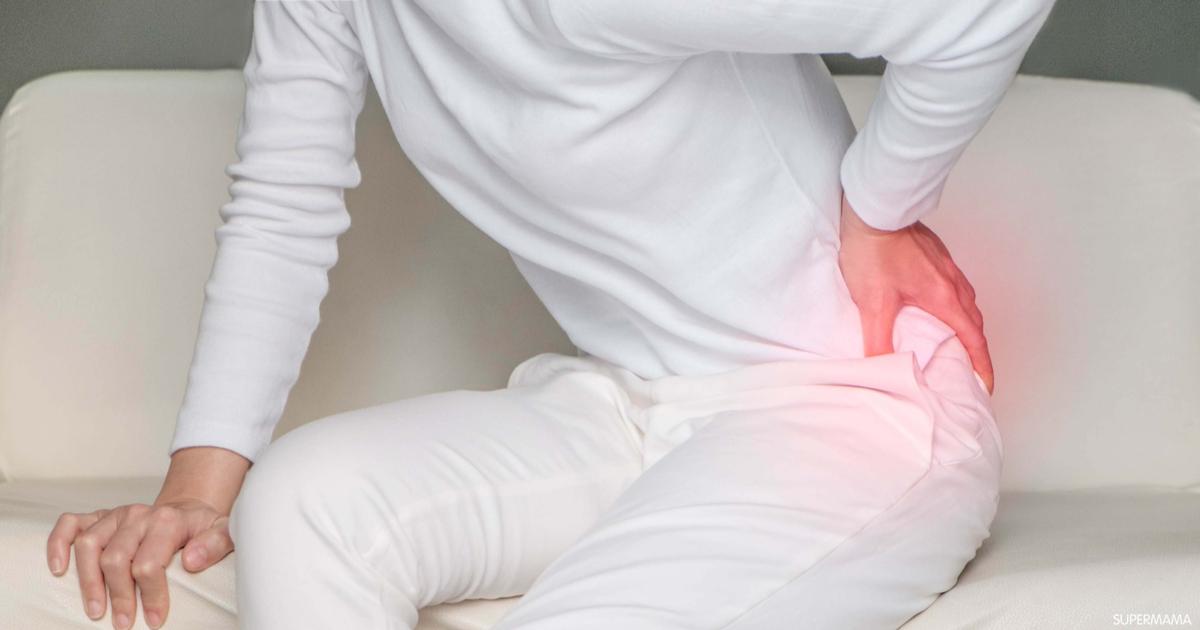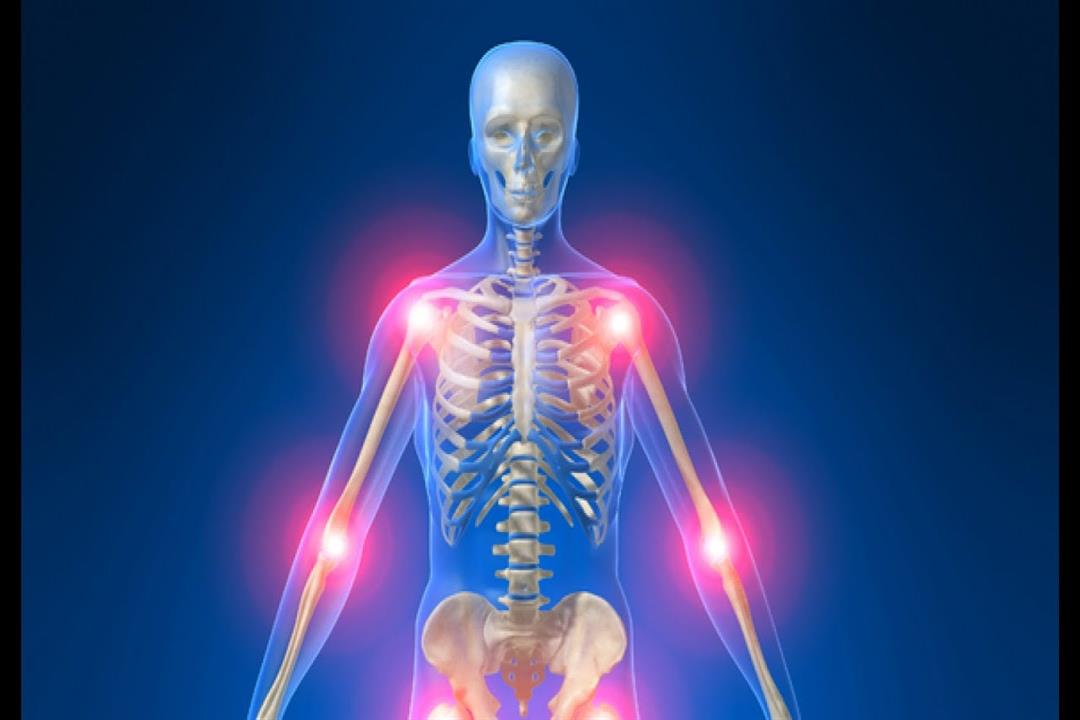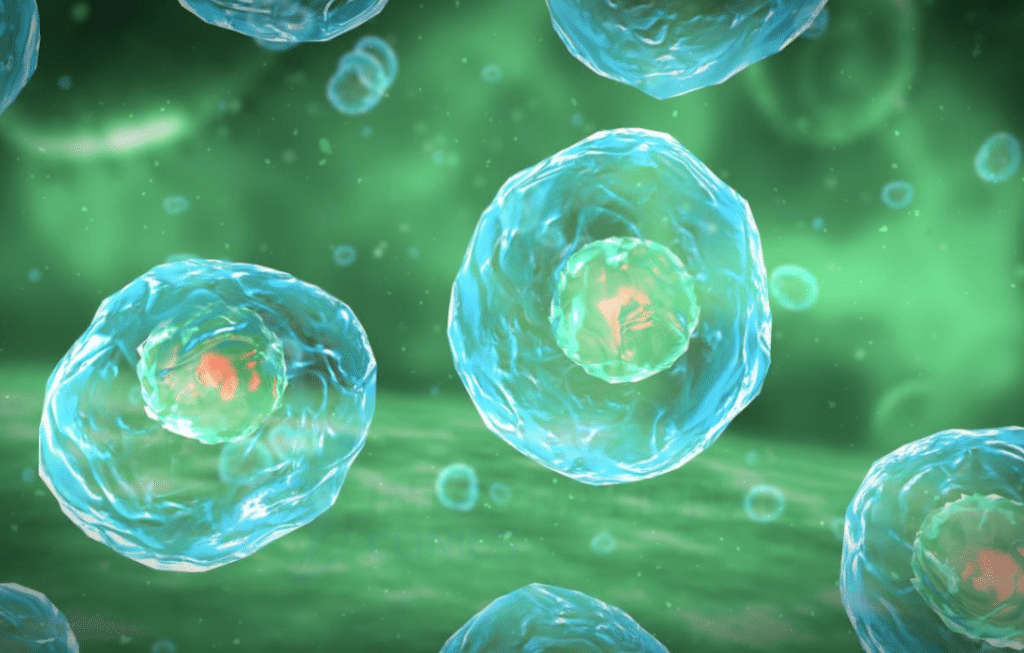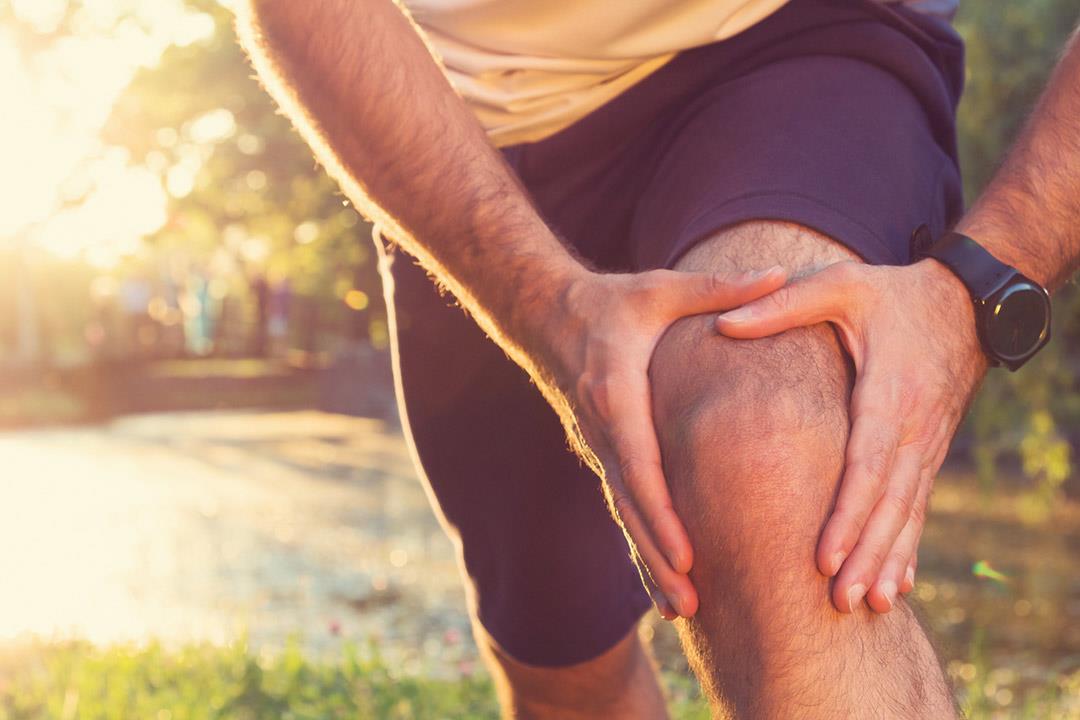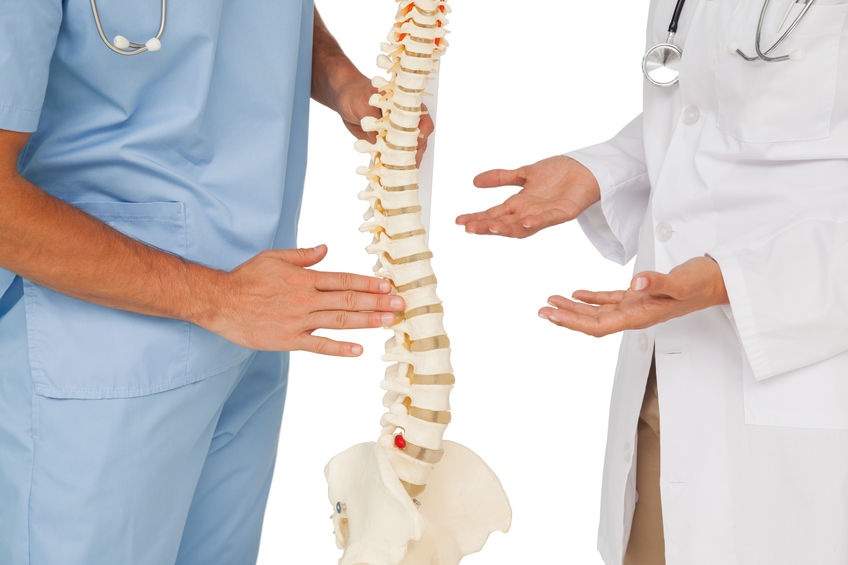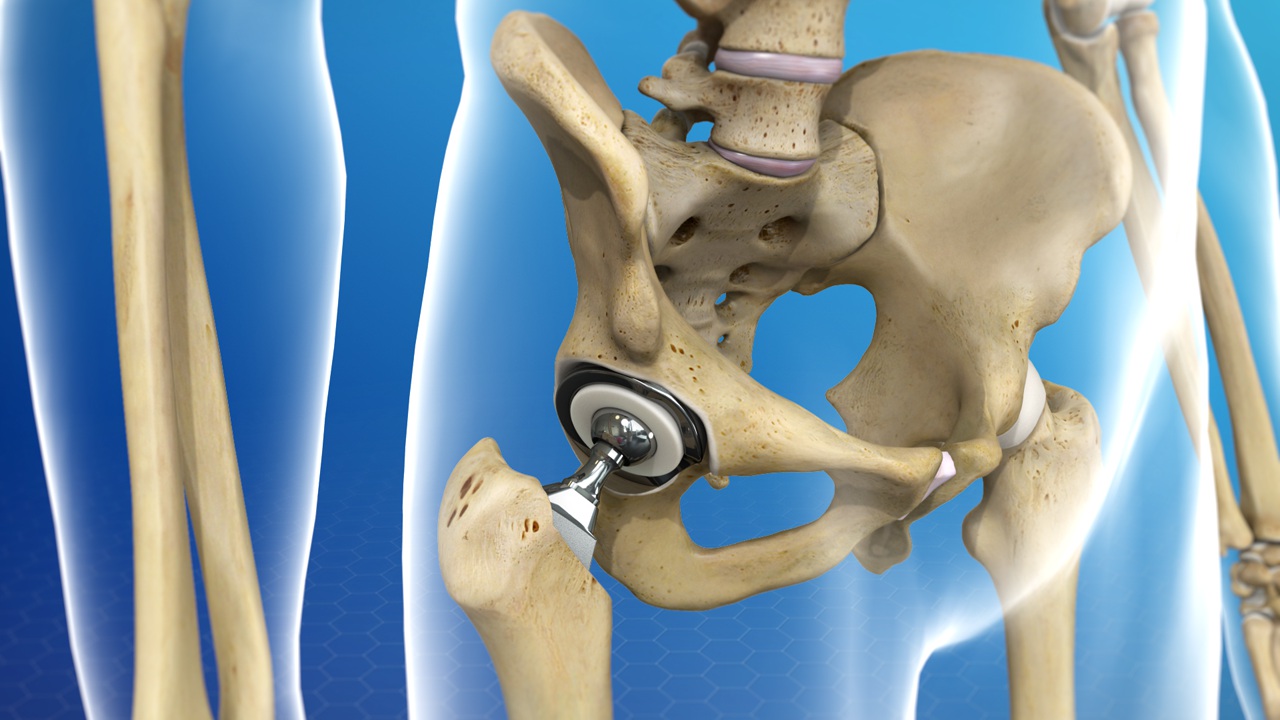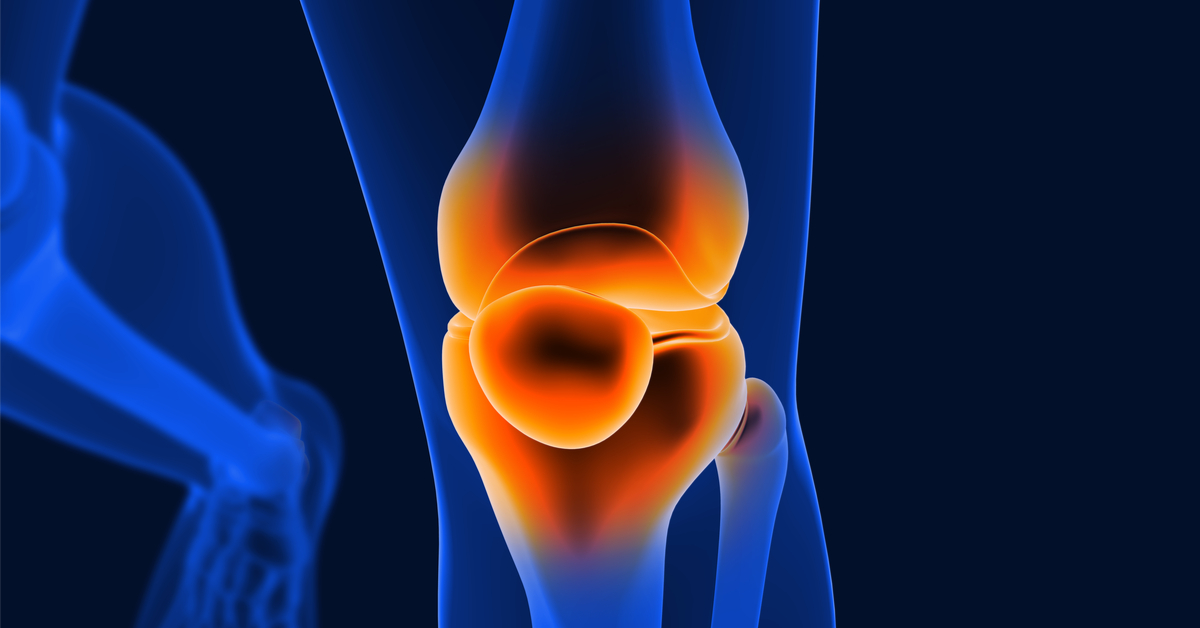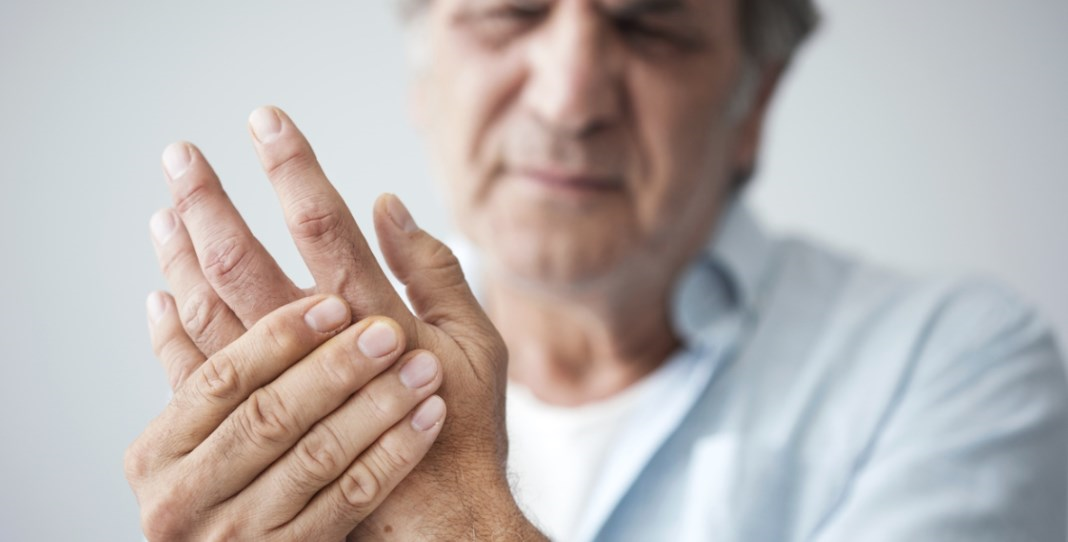What are the symptoms of joint stiffness?
There are many causes of joint stiffness, and they can be treated in more than one way, which is explained in detail in the following article.
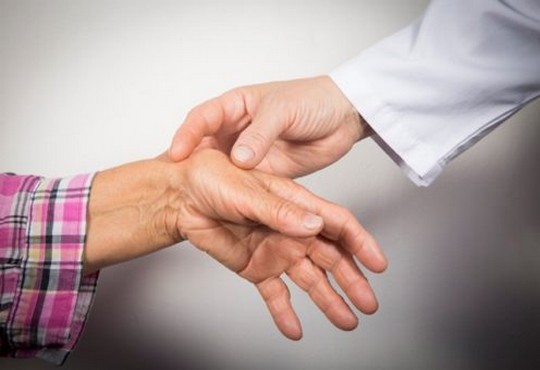
Causes of joint stiffness
The joints are one of the parts that make up the body and are responsible for the ease of movement, so the joints are moved easily and help in carrying out daily activities in a large way, and these joints can be exposed to many diseases and thus affect their structure and performance of their function, and thus the person begins to feel pain and soreness in these joints.
A person may be exposed to stiffness in the joints, which is difficulty in moving them, when he hears a sound that resembles a creak, and thus he is unable to move the joint normally, and the stiffness of the joint is a result of roughness in the cartilage due to the wear and tear that occurred in it and the appearance of a bump, which makes the movement of the joint not good and the injured person feels pain in it.
What are the causes of joint stiffness?
Stiffness or stiffness of the joint can occur as a result of many reasons that affect the condition of the joint and the cartilage lining it, and these factors include the following:
- Rheumatoid inflammation.
- Infection with gout.
- The presence of fractures in the bones.
- Muscle sprain.
- Slipped disc.
- Osteoarthritis.
Early detection of joint stiffness can contribute to the patient starting treatment, and thus the feeling of improvement will be better and he will not be exposed to the complications of joint stiffness. There are many treatment methods, and the attending physician determines the appropriate type for the patient according to his health condition.
Causes of joint stiffness when waking up
In the early morning, the patient may feel joint pain or difficulty in movement in general for an hour or more after waking up, and this is the result of more than one disease that the affected person may face, including:
- Rheumatoid infection.
- Gouty arthritis.
- Oncology.
- Articular psoriasis.
- Sometimes after infection with C.
What are the symptoms of joint stiffness?
Joint stiffness can appear in the form of severe pain and difficulty in moving the joint well, especially in the early morning or after a long period of rest. One of the well-known symptoms of joint stiffness is hearing a cracking sound that can affect the condition of the injured person.
There are many joints in the body, but there are a number of them that are the most common in getting stiffness, including the fingers and the elbow, as well as the ankle joint and the knee, and sometimes it can affect the jaw joint, and in some cases, the diagnosis is the first step in knowing the extent to which the body is affected by the injury.
Signs of joint stiffness
Joint stiffness is in itself a symptom of a disease that affects the joints and affects how to live with them, and thus the patient’s ability to move is less and some of his daily activities can stop, and these signs often appear that indicate a stiffness in one of the joints of the body:
- Joint pain.
- Having difficulty moving the joint.
- Pain when the joint is fully extended.
- Feeling crackling when moving it.
Types of joint stiffness treatment
Treatment of stiff joints may require some time. There is more than one treatment method for which the doctor works to determine according to the current condition of the affected person, which will be as follows:
- The patient can receive medications that help relieve inflammation and pain.
- Using ice packs and hot water packs improves the condition of the joint.
- The use of cortisone injections gives a measure of comfort to the injured person.
- Carrying out physiotherapy and rehabilitation for the injured.
- The use of surgical operations in the event of significant damage to the joint.
Joint stiffness exercises
There are a lot of exercises that help in treating the stiffness of the joint and thus the patient is able to get rid of the pain and return to his normal activity, and walking, swimming and some other exercises increase the person’s ability to move naturally can help.


